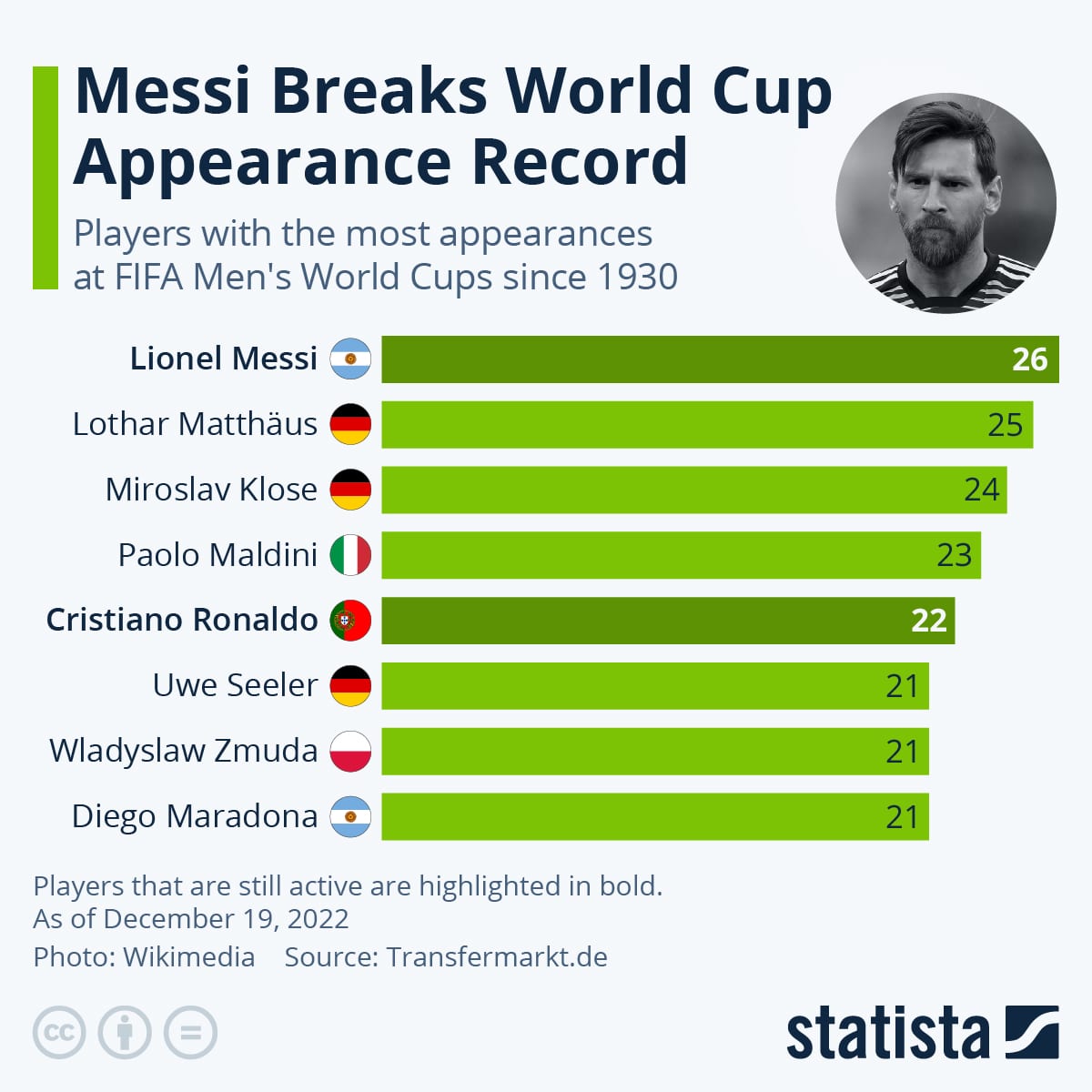The whole of Argentina will be glued to their TV sets from midday local time when the World Cup Final kicks off Qatar.
The population of c.46 million people will be hoping that Lionel Messi runs rings around the French defence as effectively as the country’s politicians have been running rings around the International Monetary Fund, which came to the country’s rescue for the umpteenth time earlier this year.
For decades Argentina has been an economic basket case that has never been able to tame inflation. The country is locked in a vicious cycle of wages and subsidies that are linked to the inflation rate. The higher the rate, the more pesos are printed, which keeps feeding the inflation spiral.
For example, due to the indexation formula linked to past wage and payroll tax growth, state pensions outlays represent 35-40% of all government spending.
All households benefit from energy subsidies though some more than others. For low income households, which make up 50% of the population, the subsidy is 70% of the market price for gas and electricity, with no consumption cap.
Argentina’s current consumer price inflation rate is currently estimated at 88%, and the best case scenario is that the rate can be reduced to c.60% through 2023.
State largesse is underpinned by foreign creditor loans, notably the IMF.
In March 2022, the IMF sanctioned a new 30-month Extended Fund Facility for Argentina totalling $44 billion, the Fund’s largest ever loan agreement.
IMF managing director Kristalina Georgieva noted that Argentina continues to face exceptional economic and social challenges, including depressed per capita income, elevated poverty levels, persistent high inflation, a heavy debt burden, and low external buffers.
“Strong political and social consensus is key to sustain the implementation of the reform agenda, including over the medium term, which is essential to address the country’s long-standing vulnerabilities,” she stated.
The $44 billion loan, paid in stages, matches the previous $44 billion loan disbursed to Argentina in 2018-19. Scheduled repayments were $17 billion in 2022, $18 billion in 2023, and the balance in 2024.
According to Arturo Porzecanksi, Research Fellow at the Center for Latin American & Latino Studies, American University, economic and financial conditions in Argentina took a sharp turn for the worse in the months after the first drawdown of the latest IMF funding.
Porzecanksi says the latest IMF aid programme calls for modest fiscal and monetary objectives based on optimistic assumptions, and he contends that the agenda of structural reforms falls way short of what is required to spark confidence and a sustainable economic recovery.
“A raft of populist economic measures, including government interventions that have caused major distortions in key markets (e.g. costly subsidies to keep utility rates low), in a context of pervasive institutional and political weaknesses (due to bitter divisions within the ruling coalition), have done great damage to the business and investment climate – before and during the Covid pandemic,” says Porzecanksi. “It is no wonder analysts have characterised this EFF as ‘IMF light’.
“The IMF was on notice that unless it granted a new loan so Argentina could repay its old loan, the government would default. This explains not just why the EFF is light on conditionality, but also why the new loan is identical – nearly down to the penny – to what Argentina owes the Fund.”
Because the IMF policy is never to restructure existing loans, the Fund faced the choice of either lending Argentina the money to repay its debt or suffer the consequences of Argentina’s likely default – “an ugly prospect with potentially painful reputational and financial costs for the IMF, given its huge exposure to that country”, according to Porzecanksi.
In H1 2022, government spending rose by 70% year-on-year, higher than the H1 inflation rate of 58%. The Central Bank of Argentina has raised the policy interest rate nine times since early 2022, to 75%. Annual 2022 GDP growth is expected to be 4.4%, before slowing to 0.5% in 2023.

And so Argentina’s economic misery goes on and on. In that context, few people outside France will begrudge Lionel Messi (pictured) spreading a little joy from Buenos Aires to the pampas by lifting the World Cup 36 years after the country last won the trophy.











